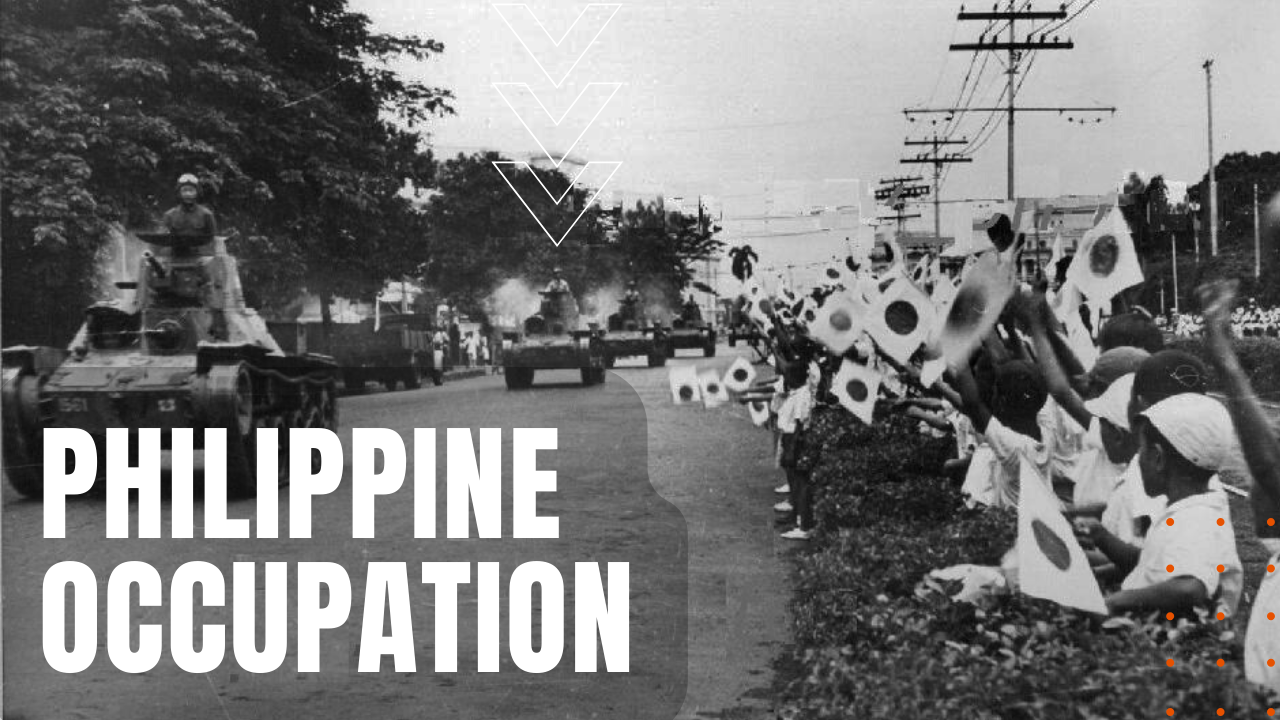Philippine Occupation and Independence

Ten hours after Japan’s unprovoked attack against American naval assets at Pearl Harbor, Japan launched its invasion of the Philippines, which they considered a forward defensive position against an anticipated attack on the Empire of Japan by Allied forces. Lacking sufficient air cover after the attack on Pearl, the American Asiatic Fleet in the Philippines withdrew to Java four days later, followed by General Douglas MacArthur’s humiliating retreat from the Philippines on March 11th, 1942, when he unceremoniously abandoned some 76,000 American and Filipino defenders at Corregidor, which led to the deaths or murders of 7,000 to 10,000 servicemen during the Bataan Death March of April 9th to the 17th, 1942.
Unbearable Oppression
During the Japanese occupation of the Philippines, life became increasingly unbearable for most Filipinos, including Filipino women taken against their will as sex slaves or “comfort women” for homesick Japanese soldiers, while Japanese surgeons were sent over to perform unethical and quite unnecessary human experiments on native Filipinos, including amputations, exploratory surgeries and vivisections of the stomach and intestines—all without anesthesia of any kind. Despite Japan’s culture of abuse and deprivation toward Filipinos, hundreds of thousands of independence-driven Filipinos formed underground guerrilla resistance groups, striking out against the brutal conduct of the Kempeitai or Japanese military police, which left Japan in control of just 12 of 48 provinces by the end of the war.
Freedom at Last
After fierce battles on Leyte, Mindoro and Mindanao, Allied forces fought their way onto the island of Luzon—home to the capital city of Manila. Before Japan’s occupation, Manila had been a vibrant, bustling port city of some 623,000 residents—teeming with an alluring blending of American and Asian styles. Yet when the Allies returned to take it back from the Japanese, the city became a bombed-out backdrop to the biggest urban battle of the Pacific War. Forced to fight street by street due to MacArthur’s prohibition on air strikes, intended to limit civilian casualties, the fighting came to an abrupt end on August 15th, 1945, the day Japan surrendered following the nuclear devastation of two of her largest cities, making the people of the Philippines, random prisoners of geography during the darkest days of the Second World War.
